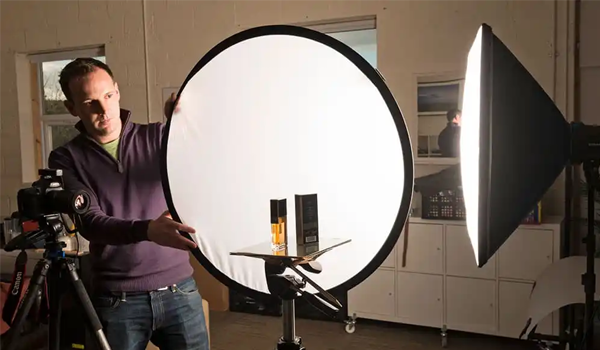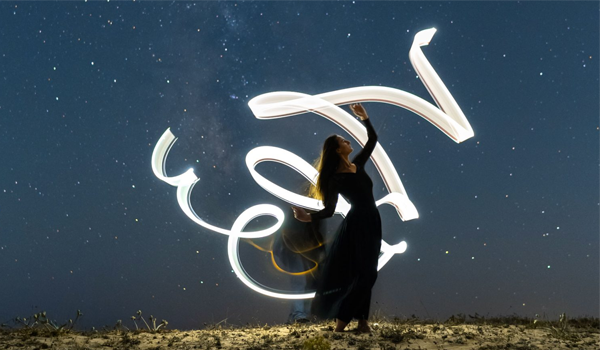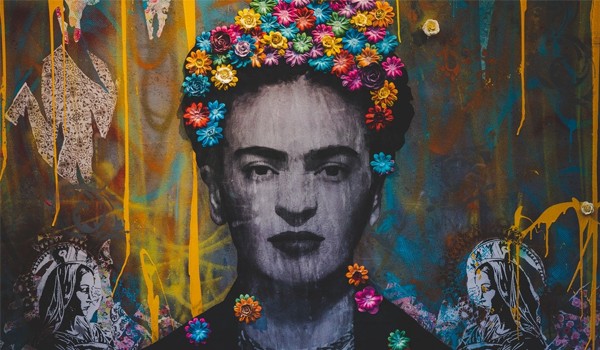Photography in a studio environment offers photographers complete control over the scene, allowing them to manipulate every aspect to achieve the perfect shot. However, with this control comes complexity, and some studio shots are notoriously difficult to execute. The most difficult studio shot in photography often involves managing intricate lighting setups, working within tight spaces, and coordinating complex equipment—all while ensuring that the creative vision is flawlessly captured. In this article, we will explore the challenges of executing such demanding shots and provide insights into overcoming them.
Understanding the Complexity of Studio Photography

Studio photography requires not just technical proficiency but also a deep understanding of how various elements interact. Unlike outdoor photography, where natural light and the environment play a significant role, studio photography is entirely crafted by the photographer. This control can be both a blessing and a curse, as even minor miscalculations can lead to significant issues. The most difficult studio shot in photography often pushes the boundaries of a photographer’s skill set, requiring meticulous planning and execution to ensure that all elements—from lighting to composition—come together seamlessly.
The Importance of Lighting Control in Studio Photography
Lighting is arguably the most critical aspect of studio photography and also the most challenging. The most difficult studio shot in photography often involves complex lighting setups that must be carefully managed to avoid unwanted shadows, highlights, or color imbalances. Photographers must decide between using continuous lighting or strobe lights, each offering different advantages and challenges. Continuous lighting, for example, allows photographers to see how light interacts with the subject in real-time but may not provide the intensity needed for certain shots. On the other hand, strobe lighting can freeze motion and offer more power but requires precise timing and coordination with the camera’s settings.
To master lighting in a difficult studio shot, photographers often use a combination of light modifiers such as softboxes, reflectors, and diffusers to control the light’s quality and direction. These tools help create the desired mood and tone, but their use requires a thorough understanding of how light behaves in a controlled environment. This level of control is what makes the most difficult studio shot in photography such a daunting task, as even slight miscalculations can lead to unsatisfactory results.
Managing Limited Space and Composition Challenges
Another significant challenge in the most difficult studio shot in photography is managing limited space. Studios often have confined areas, which can make it challenging to position lights, equipment, and the subject while still achieving the desired composition. Photographers must be adept at using the space creatively, often working with tight angles and close quarters. This can involve strategic placement of lights to avoid cluttered backgrounds or using wide-angle lenses to capture more of the scene without distorting the subject.
Moreover, composition in studio photography isn’t just about placing the subject within the frame—it’s about telling a story or conveying a particular emotion through careful arrangement of all visual elements. This is especially true for the most difficult studio shot in photography, where every element must be perfectly aligned to achieve the intended effect. The photographer must consider the relationship between the subject, the background, and the lighting to create a cohesive and compelling image.
Dealing with Complex Equipment Setups
The technical demands of the most difficult studio shot in photography often require the use of sophisticated equipment. This includes not only cameras and lenses but also a range of lighting gear, backdrops, and props that must be meticulously coordinated. For instance, using multiple light sources might require synchronized triggers, while controlling reflections might involve the use of polarizing filters or specific backdrop materials.
Managing all this equipment efficiently is a skill in itself. Photographers must ensure that everything is set up correctly before the shoot begins, as any technical issues could disrupt the entire session. This is why planning and preparation are crucial—understanding how to set up and use each piece of equipment can make the difference between a successful shoot and a failed one.
Key Challenges in Capturing the Most Difficult Studio Shots
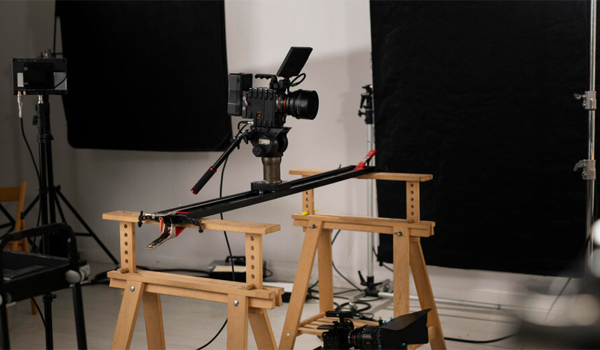
Studio photography, while offering complete control over the environment, presents a unique set of challenges that can be daunting even for seasoned professionals. Capturing the most difficult studio shot in photography requires a deep understanding of how to manage and manipulate every element of the shoot, from lighting to composition, while overcoming various technical obstacles. This section will explore the specific challenges that make certain studio shots particularly difficult and how photographers can navigate these hurdles to achieve stunning results.
Perfecting Low Light Studio Photography
Low light photography in a studio setting can be particularly challenging, as it requires precise control over the light sources to achieve the desired mood without introducing unwanted noise or losing detail. The most difficult studio shot in photography often involves working in low light conditions, where balancing the exposure is critical. Photographers must decide on the appropriate ISO settings, shutter speed, and aperture to capture sharp images without sacrificing quality.
One technique to enhance low light photography is the use of fast lenses, which allow more light to enter the camera, making it easier to achieve the correct exposure. Additionally, using external light sources such as softboxes or continuous lights can help illuminate the subject without overpowering the natural ambiance of the low light setup. Managing these elements effectively is essential to mastering the most difficult studio shot in photography when working in dimly lit environments.
Balancing Shadows and Highlights
In low light studio photography, achieving a balance between shadows and highlights is crucial. Too much contrast can lead to loss of detail in the shadows, while too little can result in a flat, uninteresting image. Photographers often use reflectors to bounce light into shadow areas or adjust the position of their key light to create a more even distribution of light across the subject. This careful management of light is what makes the most difficult studio shot in photography so demanding, as it requires both technical precision and an artistic eye.
Capturing Motion in a Controlled Environment
Photographing motion in a studio setting adds another layer of complexity to the most difficult studio shot in photography. Unlike outdoor environments where natural light and space allow for greater flexibility, studios require photographers to control every aspect of the motion, including the timing, lighting, and background. Capturing motion effectively often involves using specialized equipment like high-speed cameras and strobes to freeze action or create a sense of movement.
One common approach is to use a combination of continuous lighting and strobes to capture both the motion blur and the sharp details of a moving subject. This technique allows for creative expression while maintaining the controlled environment necessary for studio photography.
Techniques for Freezing and Blurring Motion
Freezing motion in a studio involves using fast shutter speeds and precise lighting setups. Strobe lights are particularly useful for this, as they can deliver a burst of light that freezes the subject in place, even in the midst of rapid movement. On the other hand, creating motion blur requires a slower shutter speed, which captures the movement over time, giving a dynamic and energetic feel to the image. Balancing these techniques within the constraints of a studio environment is what makes the most difficult studio shot in photography so intricate.
Managing Reflections and Glare in Product Photography
Product photography presents its own set of challenges, particularly when dealing with reflective surfaces such as glass, metal, or glossy finishes. The most difficult studio shot in photography often involves managing reflections and glare, which can distract from the product and reduce the overall quality of the image. Photographers need to carefully position their lights and use diffusers or polarizing filters to minimize unwanted reflections.
One effective technique is to use a light tent or box, which surrounds the product with diffused light, reducing harsh reflections and ensuring that the product’s features are highlighted without distraction. Additionally, adjusting the angle of the camera or using black cards to absorb unwanted light can help manage glare. Mastering these techniques is essential for creating high-quality product images that meet professional standards.
Overcoming Difficulties with Advanced Techniques
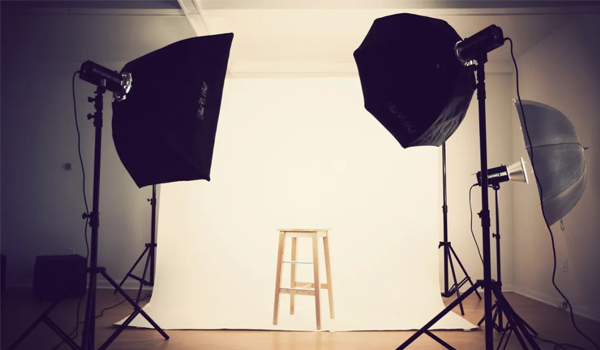
Mastering studio photography involves more than just understanding the basics; it requires a deep dive into advanced techniques that can help overcome the inherent difficulties of challenging shots. The most difficult studio shot in photography often demands innovative solutions and a thorough understanding of how to manipulate light, focus, and depth of field to achieve the desired result. This section explores advanced techniques that can elevate your studio photography and help you tackle even the most complex scenarios with confidence.
Using Advanced Lighting Techniques for Challenging Shots
Lighting is the cornerstone of any great photograph, and in studio photography, it becomes even more critical. For the most difficult studio shot in photography, mastering advanced lighting techniques is essential. This involves not only the placement and intensity of lights but also understanding how different lighting setups can dramatically alter the mood and quality of an image.
Understanding and Utilizing Rembrandt Lighting
Rembrandt lighting is a classic technique used in portrait photography to create dramatic and moody images. Named after the famous painter, this technique involves positioning the key light at approximately a 45-degree angle from the subject, slightly above eye level. The goal is to create a small triangle of light on the subject’s cheek on the shadowed side of the face. This technique adds depth and dimension, making it ideal for the most difficult studio shot in photography where drama and contrast are key.
To achieve Rembrandt lighting, photographers often use a single light source combined with a reflector or fill light to control the shadows. This setup requires precise positioning and an understanding of how light falls on the subject’s face, making it a challenging but rewarding technique for those looking to add a classical touch to their studio shots.
The Role of Diffusers and Reflectors
Diffusers and reflectors play a crucial role in managing light in a studio setting, especially when dealing with the most difficult studio shot in photography. Diffusers soften the light, reducing harsh shadows and creating a more flattering appearance on the subject. This is particularly useful in portrait photography, where soft, even lighting is often desired.
Reflectors, on the other hand, are used to bounce light back onto the subject, filling in shadows and adding highlights where needed. By strategically placing reflectors, photographers can control the light’s direction and intensity, making it easier to achieve a balanced exposure. These tools are indispensable in advanced lighting setups, helping to manage the complex interplay of light and shadow in a controlled studio environment.
The Art of Precision in Focus and Depth of Field
Achieving perfect focus and depth of field is another critical aspect of the most difficult studio shot in photography. These elements determine what part of the image is sharp and in focus, which can drastically alter the composition and impact of the final image.
Single Point Focus vs. Auto Focus Grid Systems
When it comes to focus, photographers often debate between using single point focus or auto focus grid systems. Single point focus allows the photographer to select a specific point in the frame that should be in sharp focus. This is particularly useful in studio photography, where precision is key, such as when focusing on the eyes in a portrait or a specific detail in a product shot. The most difficult studio shot in photography often requires this level of control to ensure that the most important element of the image is perfectly sharp.
Auto focus grid systems, while more automated, can be less precise. They often select multiple focus points across the frame, which might not align with the photographer’s creative intent. However, these systems can be useful in scenarios where the subject is moving or when working with larger depth of field, such as in group portraits. Understanding when to use each focus method is crucial for mastering complex studio shots.
Conclusion
Menghadapi the most difficult studio shot in photography adalah tantangan yang dapat mengasah keterampilan dan kreativitas seorang fotografer. Dengan mempelajari dan menerapkan teknik-teknik lanjutan, seperti pengendalian cahaya yang presisi, pemilihan fokus yang tepat, dan pemahaman mendalam tentang komposisi, fotografer dapat mengatasi hambatan ini dan menciptakan karya yang menonjol.
Setiap tantangan dalam fotografi studio adalah kesempatan untuk belajar dan berkembang. Dengan ketekunan dan pemahaman yang kuat tentang alat dan teknik yang tersedia, Anda akan dapat mengubah the most difficult studio shot in photography menjadi sebuah karya seni yang memukau dan memikat perhatian setiap orang yang melihatnya.
